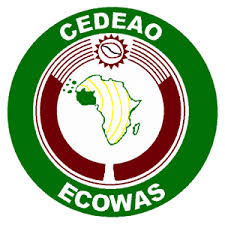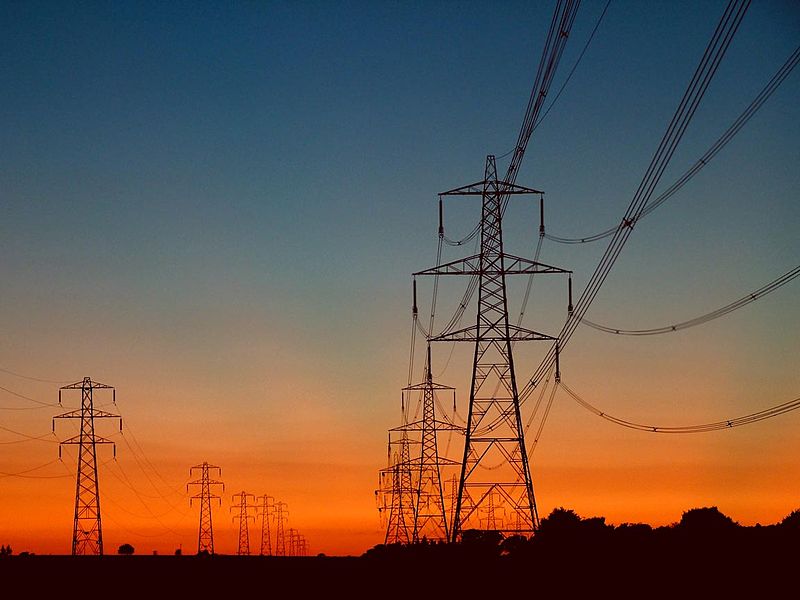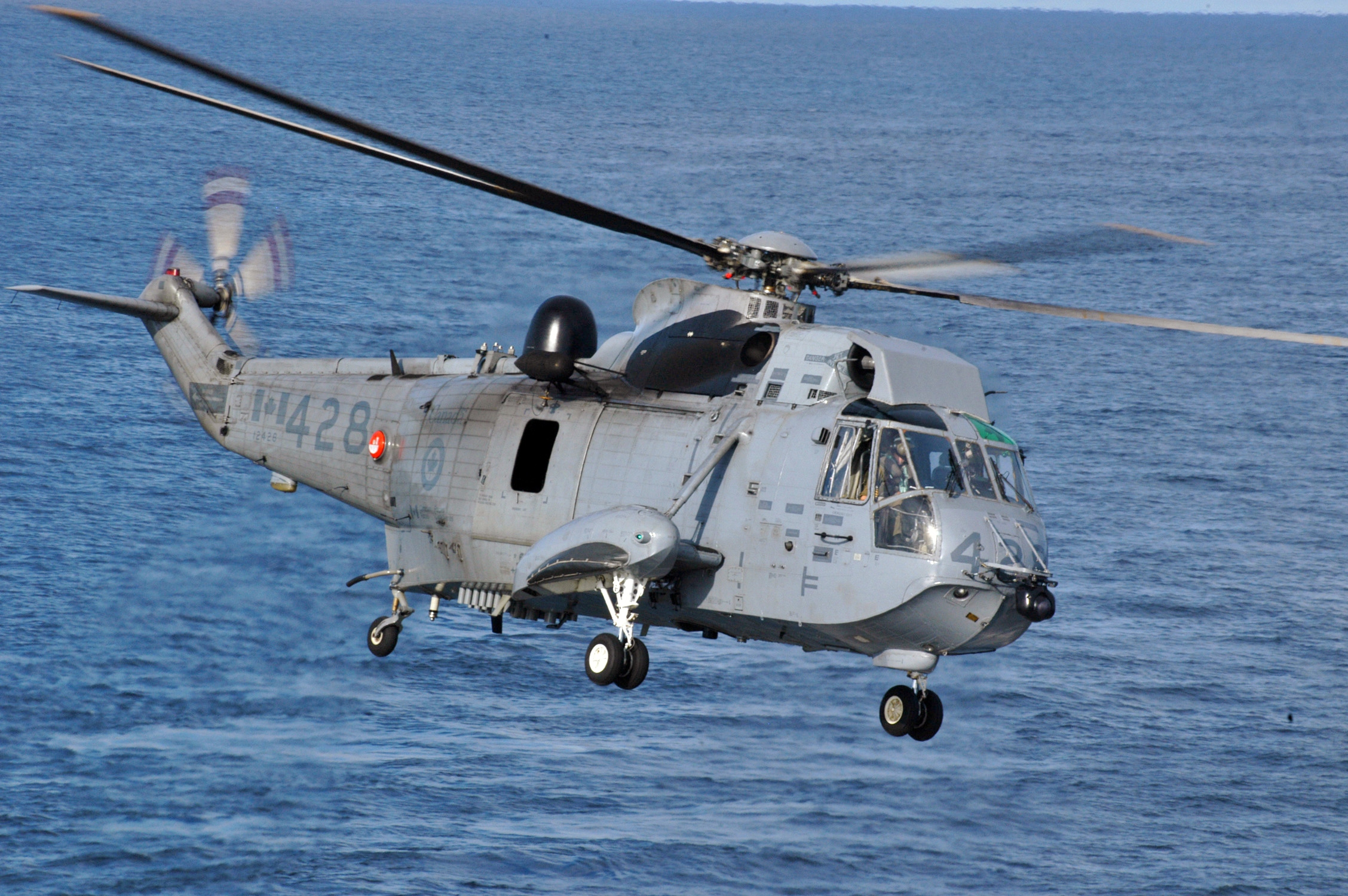The Economic Community of West African States (ECOWAS), a regional grouping of 15 West African countries, has become an increasingly important security actor and a potential partner for NATO. Following troubled interventions in Sierra Leone and Liberia earlier in the 21st century, ECOWAS brokered peace in Guinea-Bissau and provided the bulk of troops deployed on the African-led International Support Mission in Mali (AFISMA). Of Africa’s various regional and sub-regional groupings, ECOWAS is regarded as enjoying the greatest prospects for security integration.

Yet there is one significant challenge to the interoperability of West African forces, holding ECOWAS back from mounting successful interventions independent of powers like the United States of America or France. Namely, there is a lack of standardization in the small arms and light weapons used by member state ground forces. Among the infantry fielded by ECOWAS members, there is an eclectic mix of weapons in which the AK-47 and its Chinese knock-offs figure prominently but also popular are the American-made M16A2, Belgium’s FN FAL, and Germany’s Heckler & Koch G3A3. Many of these firearms employ different forms of ammunition, creating a logistical nightmare for any intervention in which forces of multiple ECOWAS members may engage in combat against insurgents, as was the case in Mali in 2013.
This supply issue is experienced even within the armed forces of individual member states. For example, the Nigerian Army has traditionally equipped its units with the AK-47 and the FN FAL, which fire the 7.62x39mm Warsaw Pact round and the 7.62x51mm NATO round respectively. This situation will be further complicated as Nigeria accepts delivery of as much as 6,000 Polish-made Beryl M762 assault rifles, which are chambered for the same ammunition as the AK-47. As a result, platoon-level units engaged in firefights against Boko Haram elements may find that they are unable to share ammunition among themselves as squadmates are equipped with entirely different weapons. Currently, only a few ECOWAS member states have standard-issue assault rifles. Liberian units are almost uniformly equipped with M16A2 assault rifles, while Senegal has adopted South Korea’s Daewoo K-2 as the standard infantry weapon. But these small states are the exception to the rule.

It is vital to the future success of ECOWAS that members standardize ammunition. The standardization of ammunition by NATO members since the 1950s has ensured Alliance forces enjoy a good level of cohesion and interoperability when embarking on such missions as the International Security Assistance Force in Afghanistan. On the one hand, it may seem intuitive that ECOWAS should adopt the 7.62x39mm round as its standard, given that the AK-47 is so prevalent among the armed forces of the region. But adopting this round as the standard would undermine modernization efforts by regional militaries, many of which are tied to important security sector reforms, such as anti-corruption measures and increased civilian oversight of the military. The suspension of one aspect of ongoing defence reforms would be an all too convenient excuse to suspend all defence reforms and revert to old, less constructive practices.
As an example of modernization efforts, even prior to the ouster of President Blaise Compaore, Burkina Faso was adopting Swiss-made SIG SG 540 assault rifles as a standard. Like Senegal’s Daewoo K-2 and the M-16s that remain in service among Ghanaian, Liberian, and Cape Verdean units, the SIG SG 540 is chambered for the NATO standard 5.56x45mm round. Adopting this as the ECOWAS standard would ensure that NATO member states are better able to provide logistical support to ECOWAS missions and would also allow, for example, French and Togolese forces to freely operate alongside one another, sharing equipment and ammunition as necessary.

ECOWAS has the potential to lead the rest of the continent on security integration, setting a continent-wide standard. After all, this issue was seen during AFISMA when other major African powers also suffered profound logistical problems. Chad, which contributed considerably to the Malian intervention despite being a member not of ECOWAS but of the Economic Community of Central African States (ECCAS), equips its own forces with the same eclectic mix as Nigeria: AK-47s, FN FALs, and M16s. Demonstrated leadership in this area by ECOWAS could serve as a model for institutions elsewhere in Africa, raising West Africa’s profile and ensuring that other powers like Chad will need to rely on ECOWAS’ guidance rather than vice versa.




